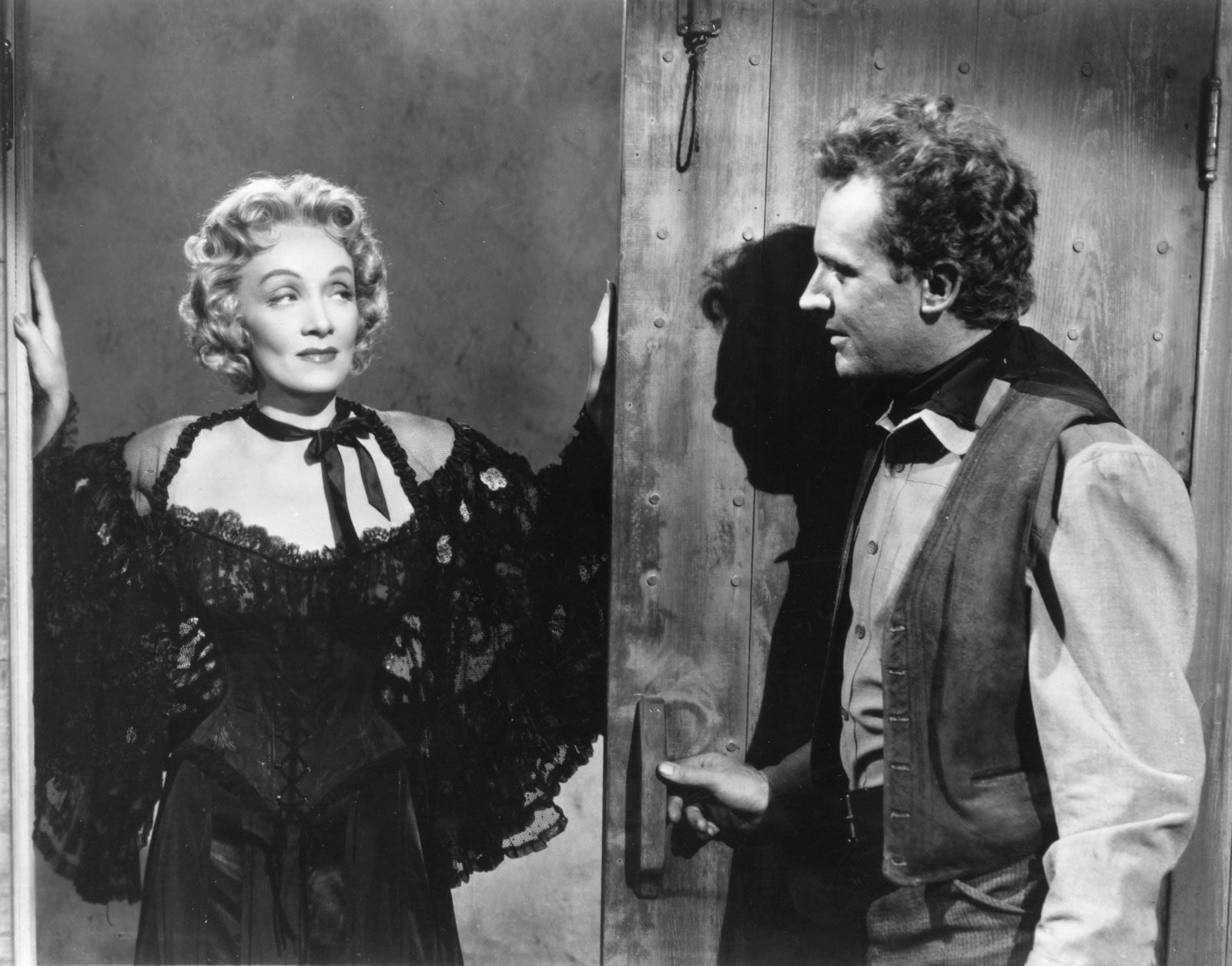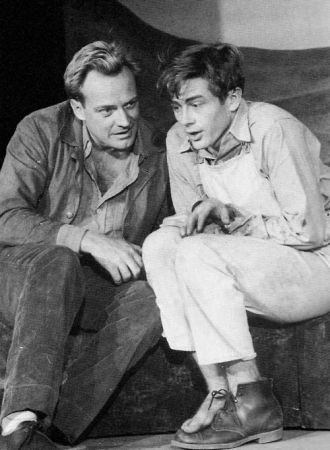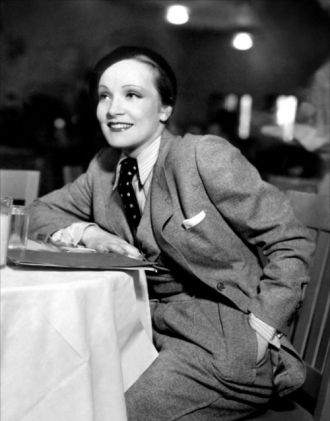Great meeting both of them.
Marlene Dietrich and Arthur Kennedy in Rancho Notorious.
Date & Place:
Not specified or unknown.


 Amanda S. Stevenson
Amanda S. Stevenson 



